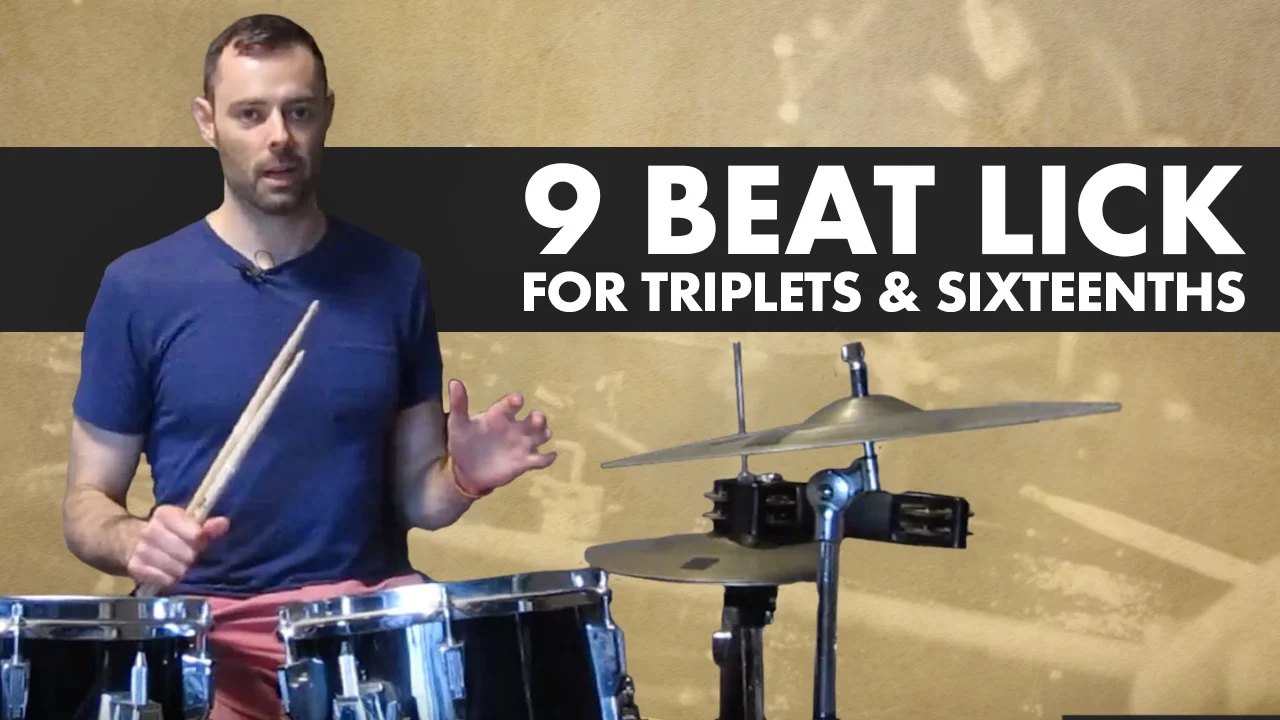First things first: grab your transcription here.
In creating lessons like this week's lesson…
...I've lately been "digging deep" into my own playing.
Yea, it's fun to do Spanky, or Chris Dave, or Marcus...
...but I try to keep a balance.
For one, for every "tribute" video I do, I'll get comments like "why don't you stop featuring others and teach us something original?
For two, I've been going "introspective" for the last few months anyway.
I "came up for air" to check out Andy Prado's playing, and record half of a lesson that I hope will someday see the light-of-day...
...and to check in briefly with Ofri, and see if my left foot had improved relative to last time (it hadn't by much, which cued the self-immolation many of you witnessed on Instgram)...
Besides that, though, it's mostly been getting-out-by-going-through.
So, the reality of this week's lesson:
It's a 9-beat pattern I realized I was playing.
I thought it was cool enough to canonize in lesson form.
It has many applications, in my opinion.
But I took to the internets, to see what the kids were searching for.
After all, if the lesson doesn't get see, what's the point.
It turns out the kids, in large measure, are searching for "easy drum fill that sounds hard."
Press Pause: what does that say about our culture? Could you think of five words that more succinctly sum up the American ethos, in the Kanye era
Be-that-as-it-may, today's like is easy..
...and it does sound hard.
So if you want to use it to fool people into thinking you've put far more years in on the trap kit than you actually have, at least until you play a beat...
...I suppose it would work.
Either way, it sounds good in both sixteenths and sextuplets, and the body choreography opened up my playing quite a bit.

